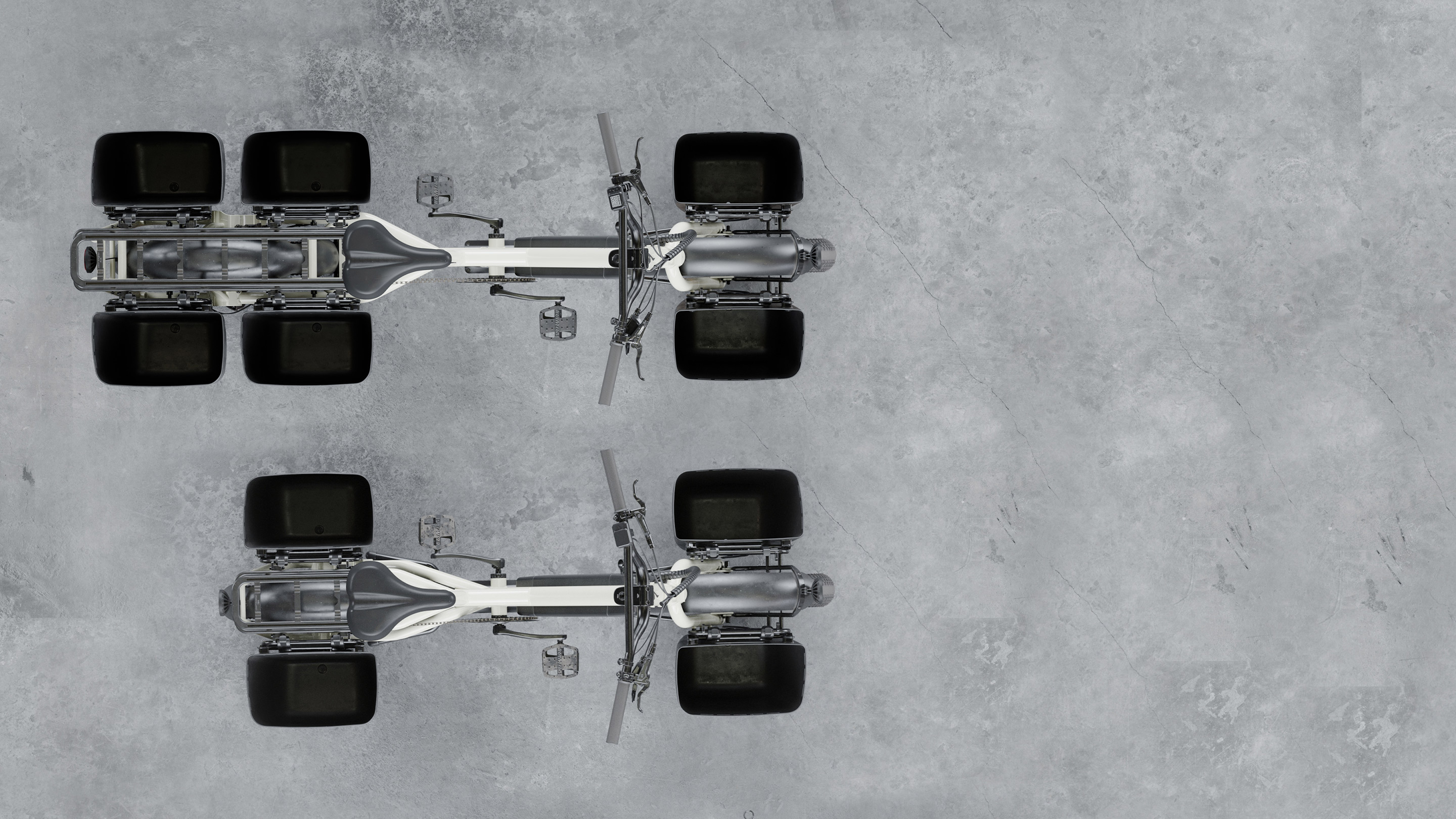That was actually the bike that started my research! It seems like a very nice bike, and if it's anything close to its rated weight of 27 pounds then that'd be very impressive. But the downsides to that bike are that is only has a 55 Nm motor, which I could live with, and only a 200 Wh battery, which I don't think I could live with when the BMC has a battery that's 2.5 times larger.
True but the BMC is limited to 20MPH. I know the motor can do 28 but, my understanding is BMC has limited it to 20 and won't increase that limit in the US even if you ask. (please correct me if I have this wrong as this is the only reason I haven't already bought the BMC bike)
The Igo bike you can choose your own settings is how I understood it from the Rep I talked to. Its default is a class 1 but, it can be a class 3 at will. But min range. But replaceable battery so you can carry 2-3 in a backpack and switch on the go. A smaller battery means less weight in your backpack as well.
The Domane + is the best of both world as it is a Class 3 but, of course that weighs 39 lbs.
The creo is the only one that is the best of all worlds, Range, Speed, Weight, but fails spectacularly at price of course by being 50% + more expensive.
Im working to get a custom framed wattwagon hopefully at about 3-4k with just lower end parts. That might be the best solution. It will be heavy but, should meet all other needs.
